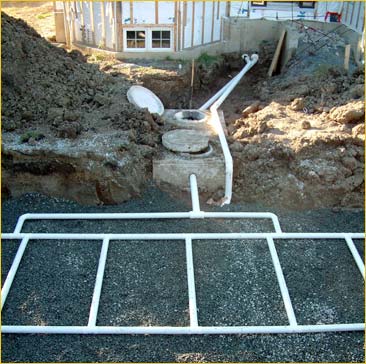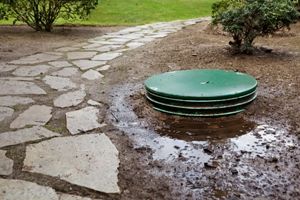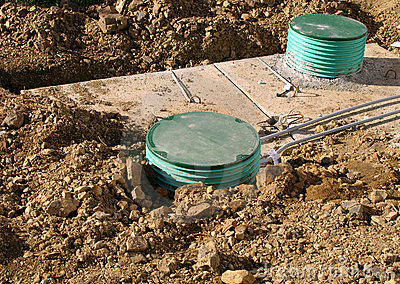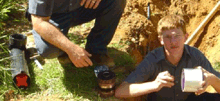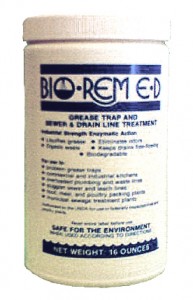No Complaints When It Comes To Inspected Septic Tanks
Community councils have visited hundreds of homes, businesses and farms, which have registered septic tanks and asked about its functionality. The results have shown that more than half the interviewed people are happy with how septic systems and tanks are working in their properties or in a place nearby.
This helps prove that if you keep good care of things and follow the recommendations that experts share with us all of the time, you should not have any problem with your septic tanks. Researchers have gone the extra mile and also handed out pamphlets and other sources of information in order to help people improve the conditions of their septic systems and make them function properly at all times.
Although some septic system owners were notified at least 10 days prior the researcher visit, it is obvious that they have been taking good care of their septic tanks for a very long time.
So if you own a septic system, remember that they can be very helpful and you only need to take good care of them, inspect them regularly and make sure that a septic tank expert helps you when needed.
Please remember to share and like this blog post, so that more people can read about the studies that some researchers are doing on septic tanks and so that more people can see that these systems are really not dangerous at all.





